In Modern World History from 1450, students study the major turning points that shaped the modern world including the expansion of Islamic and Asian empires, transoceanic exploration, the Atlantic slave trade, the Enlightenment, industrialization, imperialism, nationalism, political revolutions, the world wars, the Cold War, decolonization, and globalization. By presenting content from multiple perspectives and through diverse primary and secondary source materials, this course not only provides students with a solid foundation in the history of the modern era, but it also prepares students to be active and informed citizens of the world.
Through critical reading activities, feedback-rich instruction, and application-oriented assignments, students develop their capacity to conduct research, analyze sources, make arguments, and take informed action. In written assignments, students address critical questions about the history of the modern era. In discussion activities, students respond to diverse opinions, take positions, and defend their own claims. Formative and summative assessments provide students — and teachers — with ample opportunities to check in, review, and evaluate students’ progress in the course.
This course is built to state standards.
2 semesters, 1 credit

